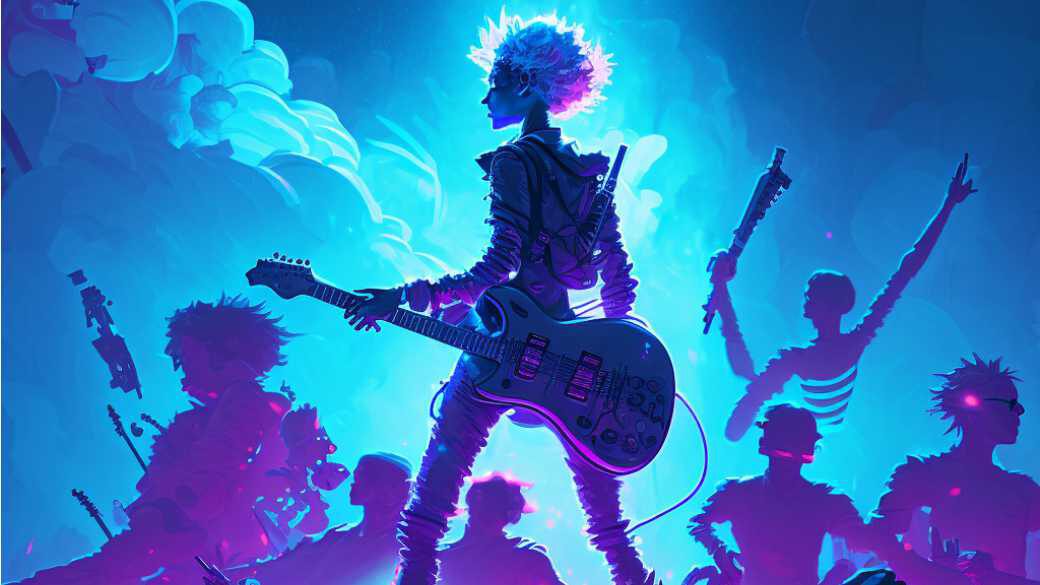
Virtual Concerts – How 3D Audio Revolutionizes the Live Experience!
Content
What are virtual concerts? The music industry has evolved a lot in recent years and has opened up new ways to reach its audience. One new development is virtual concerts, which have developed into an increasingly popular form in recent years. The pandemic has vividly shown us that live performances and events hosted in real life are not always feasible without limitations.
Here, the virtual world has offered an opportunity to still provide music lovers with a special experience. Instead of standing in a crowded concert hall, users can now enjoy their first major band, or more virtual pop stars like Travis Scott or Marshmello on a virtual stage from the comfort of their own homes – fans can even interact with them.
But how can we make sure the experience is as lifelike as possible? The stick word is immersion. This article is about how 3D audio can turn virtual reality into an immersive experience that allows artists to captivate audiences in whole new ways with their shows.
Based on my talk this very same year on the musical metaverse found on the web. It’s not about hybrid approaches, but the leap from real life into an immersive virtual audio universe. What fans like me would like to see via app is here:
How can a virtual concert be immersive?
More and more people are taking advantage of the digital world to enjoy VR concerts by their favorite musicians, orchestras, or festivals from the comfort of their own homes. The question arises, how can the authenticity and this thrilling moment of a live concert be transferred into the digital space, into a virtual concert? This is where the concept of immersion comes into play.
What is immersion?
More and more people are taking advantage of the digital world to enjoy virtual concerts from home. But how can you transfer the authenticity and thrill of a live concert into the virtual space, the digital and virtual reality concerts? This is where the concept of immersion comes into play.
What is immersion?
Immersion refers to being immersed into another world or virtual reality – regardless of one’s location. An immersive experience is unique and can engage audiences in ways that cannot be achieved through the physical limitations of traditional entertainment. When creating immersive media, it is important to understand that immersion comes from both visual and auditory stimuli.
To achieve full immersion, both visual and auditory elements vr experience must be perfectly aligned. Strictly speaking, all senses that we use in the physical world, but let’s focus only on the eyes and ears.
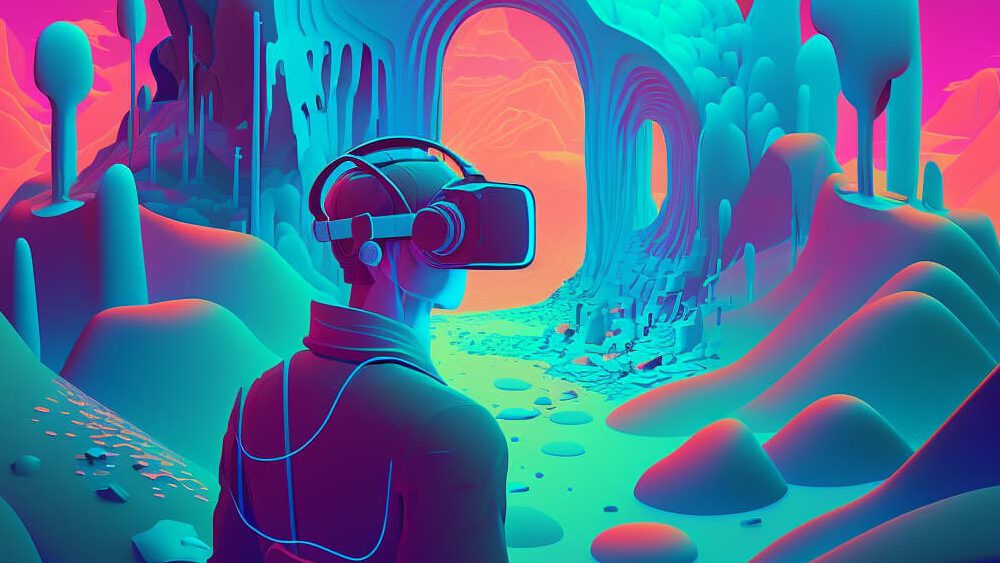
While 3D animation and special visual effects can make viewers see new shows, it’s only when combined with 3D audio technology that listeners can immerse themselves in an audio universe that feels like a replica of reality. It’s not only the virtual avatar’s likeness to real life that makes a virtual concert really immersive.
Illusion or reality after all?
To create the illusion of a real environment, the sound can even come from a direction the fans can’t see. Something that classic stereo does not allow. When both the image and the 3D sound match each other perfectly, we create a great immersive experience.
Such an immersive sound environment can evoke emotions and take fans to another universe where they feel like they are part of the concerts action. It is important that all senses send the same message to the brain to create a seamless experience. If what is heard does not match what is seen, the immersion is lost.
This is a mistake I often see in VR experiences on display at a show appearance. You might see a great rendered environment, but still hear the noise from your location. This, of course, is no way to escape for performers to let you escape your everyday life.
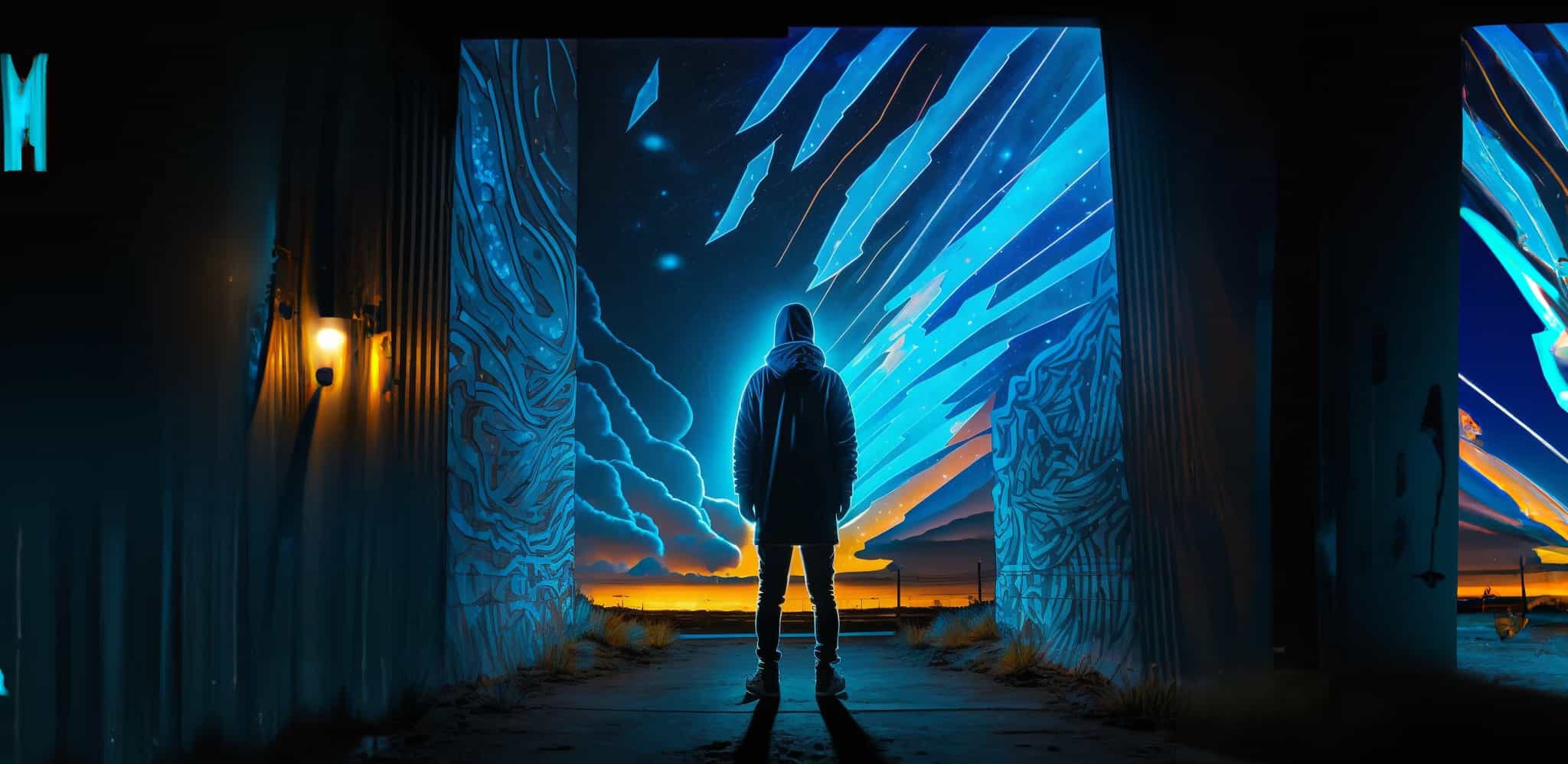
Why is sound so important for a virtual reality concert?
For such a digital product, sound plays a crucial role as it can help create a memorable experience for the viewers. Unlike a live concert, a virtual concert cannot be carried as easily by the energy and mood of the stage and audience. Instead, other factors such as sound quality and reproduction must be a foundation to engage those in attendance. To create an overall theme of closeness and social connection between fans and favorite artists.
You don’t go to a concert to see the stars from far away. Above all, you want to hear from the artists.
With the advancing development of 3D audio technology, it is possible to take the sound of the virtual concert to a new level – even in your own living room. By using special microphones and software tools, sound engineers like myself can make the sound seem more spatial and three-dimensional. By placing the instruments and vocals in the 3D situation, viewers feel as if they are actually sitting in a front row seat in front of the band instead of just sitting on a screen. This can be replicated using audio hardware such as headphones, speakers like soundbars, or a VR headset.
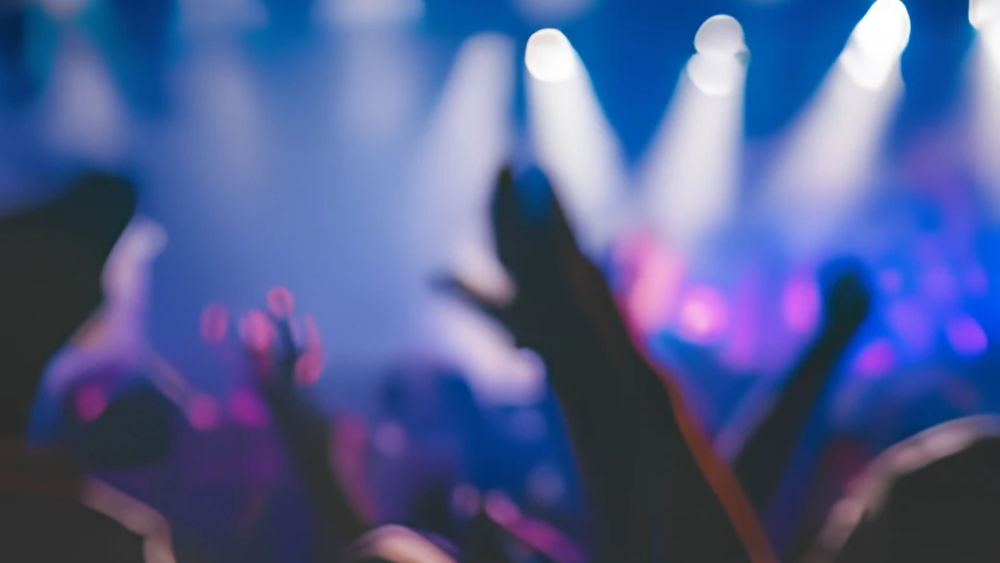
What’s more, high-quality sound can also help the artist, performer or pop star stand out more and bring out the emotions and nuances of their music while they perform live. Creating more social connection between them and the fans, maybe even writing a new kind of history. We can all relate to the muddy sound of poorly compressed mp3. By using 3D audio technology, the sound can be mixed to magically fill the entire venue and literally envelop the audience. Thus, the virtual concert becomes an unforgettable experience, which is in no way inferior to the live concert or reveals even completely different possibilities.
Virtual worlds as a business model of the entertainment industry
Digital concerts are no longer just about the technology, but also about the big money that could be made in this area. Marketers and event venues have already jumped on the bandwagon and see digital concerts as a new way to generate revenue. Digital tickets via platform providers like Bandsintown that allow booking via email address are just the beginning of the virtual event.
Platforms and the jump on the virtual world hypetrain
In the world of virtual and online concerts, there are a multitude of platforms and apps, each with their own special features. Whether it’s using games like Fortnite with virtual humans or simply joining in on an event via smartphone, there are many options in the Apple, Android and Meta (formally Oculus) app stores. Social media platforms like Twitch, TikTok, YouTube and Facebook are also relevant for livestreams.
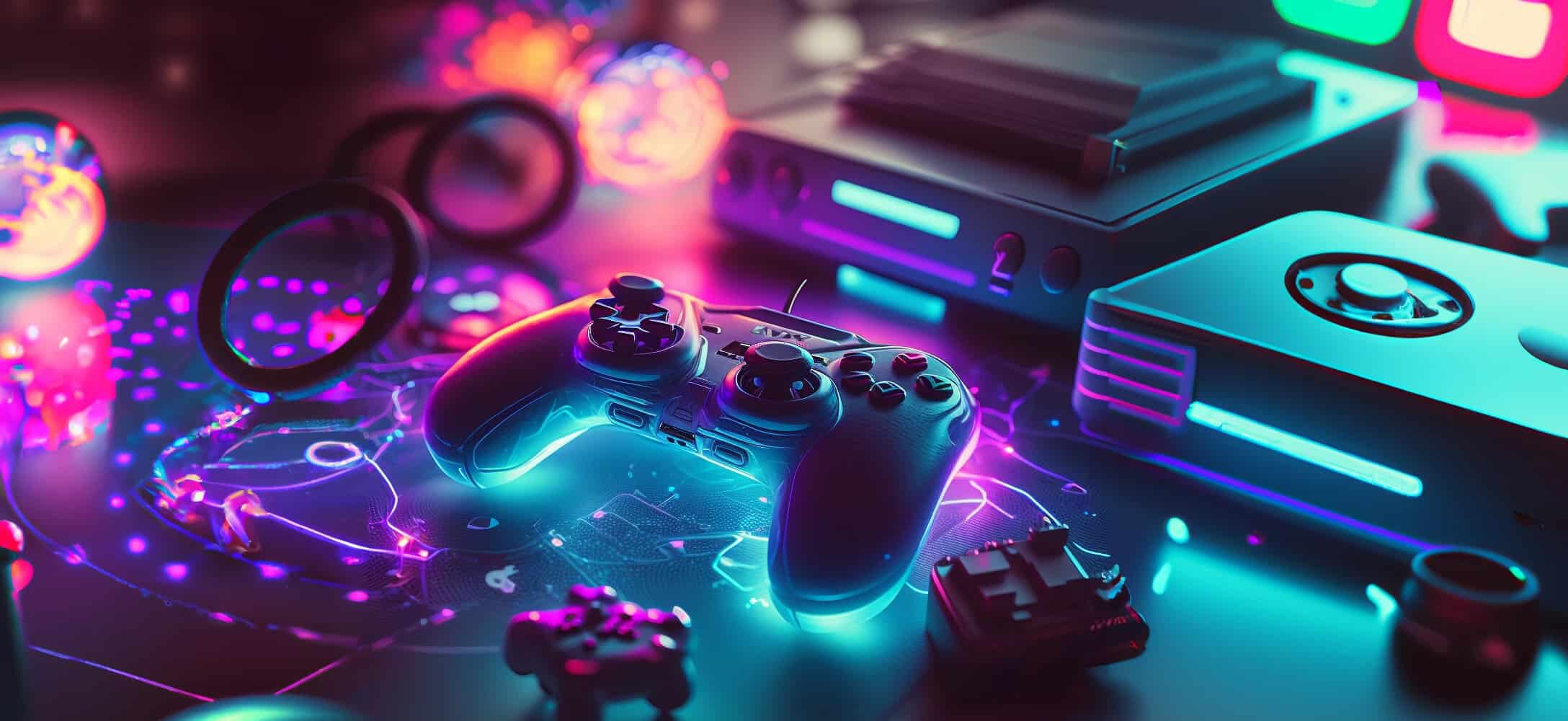
When it comes to the audio experience, however, many of these platforms are still rudimentary. Many musicians have hosted their shows on platforms like Roblox, a platform where they have to work with existing tools or even program tools themselves. This can be difficult and often leads users to suboptimal results.
But there is hope – as development continues, virtual concerts and performances will get better and better, offering performers and viewers an even more immersive experience.
Rethinking events
Digital concerts offer the opportunity to design events in a completely experiencing them purely digitally. Virtual concert performances open up entirely new possibilities in this regard. Unlike real concerts, digital concerts can take place on specially developed platforms and are therefore not tied to a physical location. It is therefore possible to break the laws of physics.
One problem with this, however, is that most platforms currently still look very similar and cannot represent natural avatars. That is, there are already choices that at first glance do not differ, but in the details such an app usually has a different focus than the competition. But with the rapid development of technology and VR systems, there are certainly many improvements to be expected here in the future.
The great advantage of virtual concert events is the possibility to host and attend them from virtually any location on the globe, without long journeys or waiting times. Virtual concerts also offer many advantages for artists. For example, they can reach a larger target group and in this way increase their awareness and reach. The whole thing also has a sustainable character, for example, if the equipment of Travis Scott doesn’t have to be transported halfway around the globe.
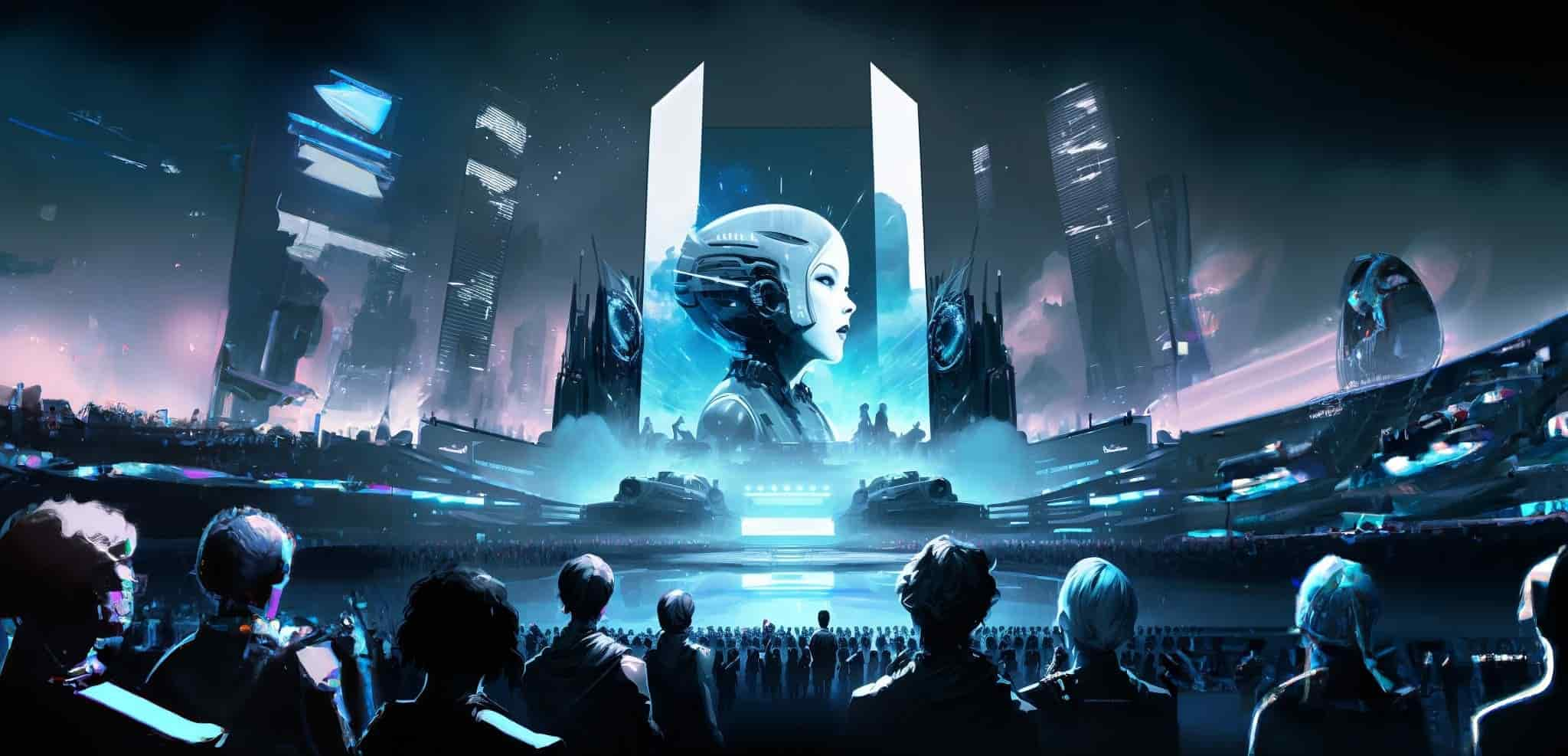
Virtual Concerts and the untapped potential for 3d audio?
If you want to put my tips to the test, I think there are three crucial factors that make for a successful show: sound design, live character and 3D audio.
An outstanding sound design is essential for any concert, as it brings the quality of the music and the sound reproduction to the stage. The live character of a concert is also of great importance, as it captures the energy of the stage and the audience. Finally, 3D audio plays an important role in creating an immersive and realistic sound environment that transports the virtual avatars in attendance to another world.
Below, we take a closer look at these three criteria and explain why they are essential for a successful performance.
Sound design
Sound design refers to the creative design of sounds and tones to create a specific atmosphere or evoke an emotional response in the viewer. It is still an abstract term, without a clear definition. Depending on the content, it can have a different meaning. So what does it mean something for an app in the metaverse?
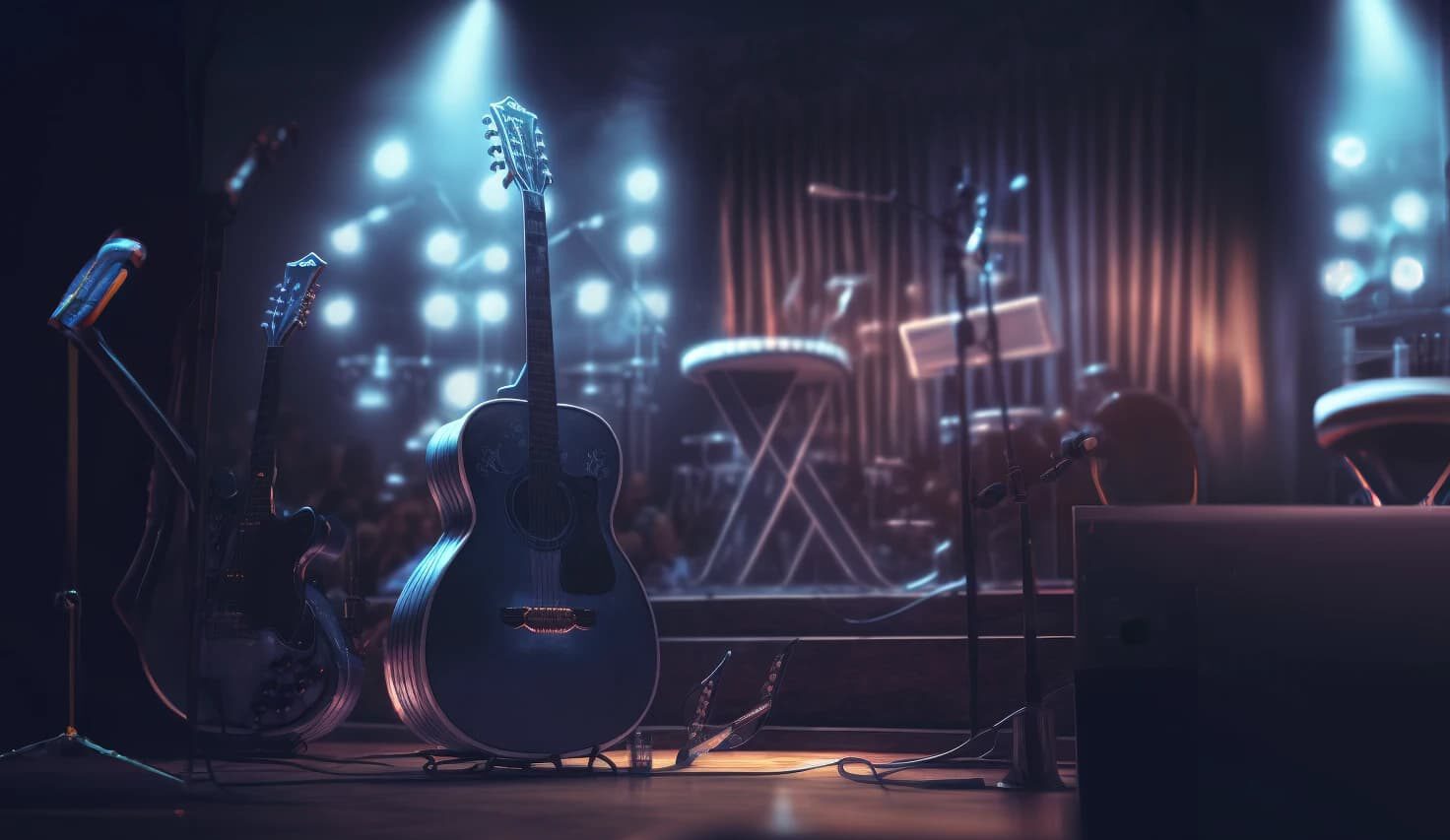
In the context of concerts, sound design means that you can’t just take audio content from a source like Spotify and put it under a video and call it a concert experience. There’s a lot more going on around you at a concert than just music, and the sound layer needs a few more factors to make it feel present.
One important component of sound design is acoustics, as a room or environment can affect the sound. For example, if you’re in a stadium or a club, it sounds very different than if you’re at home listening to the studio version of your favorite song through Amazon Music.
Digital rooms at live events simply have to reproduce that certain reverberation to sound realistic. Otherwise, you really have to call it playback.
Also, bass is often much more present at live concerts and can even be physically noticeable. That often doesn’t come across that way at digital events. This is where haptic vests can help.
Sound effects like the audience clapping or cheering can also be generated through sound design to create a realistic mood. If these things are missing, it can be difficult to convey a true concert feel. So sound design is an important component in ensuring that a concert or audio experience sounds realistic and immersive.
To comment briefly. In the video you can hear everything that doesn’t work. The songs come from the tape and they somehow tried to depict cheering fans and a light show. But if you close your eyes, it doesn’t sound much like a concert, but more like a radio show.
Live character
An important aspect of a live performance is the so-called “live character”. A lot of this revolves around people experiencing an authentic, lively and human performance. That’s what the experience lives on.
Perfectly produced music productions, where every instrument is played to the beat, can quickly come across as sterile and “dead produced”. Instead, the use of real instruments and the acceptance of small errors and irregularities bring the organic back into the music. This is the humanity that makes music really alive and unique.
At live concerts, the audio experience of pre recorded music comes to life because musicians cannot play like a machine and incorporate small improvisations. Therefore:
The more instruments playing on stage in real-time, the better it is for the believable audio experience.
Even at the Eurovision Song Contest, people don’t sing playback to wow the audience with a believable performance. There are artists who, despite being nervous and singing live, put on an incredible performance that almost sounds like the studio version.
For DJs, interacting with the audience is also an important aspect of organic sound character. Although the sound is often pre-produced, DJs try to mix adaptively and incorporate small interactions to get everyone involved and create an outstanding performance.
And who would have thought? As you can see from the above performance, the TV garden is doing a lot right here. Even if the youth would call this performance a cringe. On a sound level, this one works very well.
3D Audio
Immersive audio is an important component for creating realistic and immersive stages. Unlike traditional stereo sound, which makes you feel like you’re just a spectator, 3D audio can put the listener right in the middle of the action.
3D audio, also called spatial sound, actually also helps you better perceive the individual elements of the soundtrack. For example, since the sound in an app is no longer tied to just two channels, but is usually object-based, our brains can better separate the tracks.
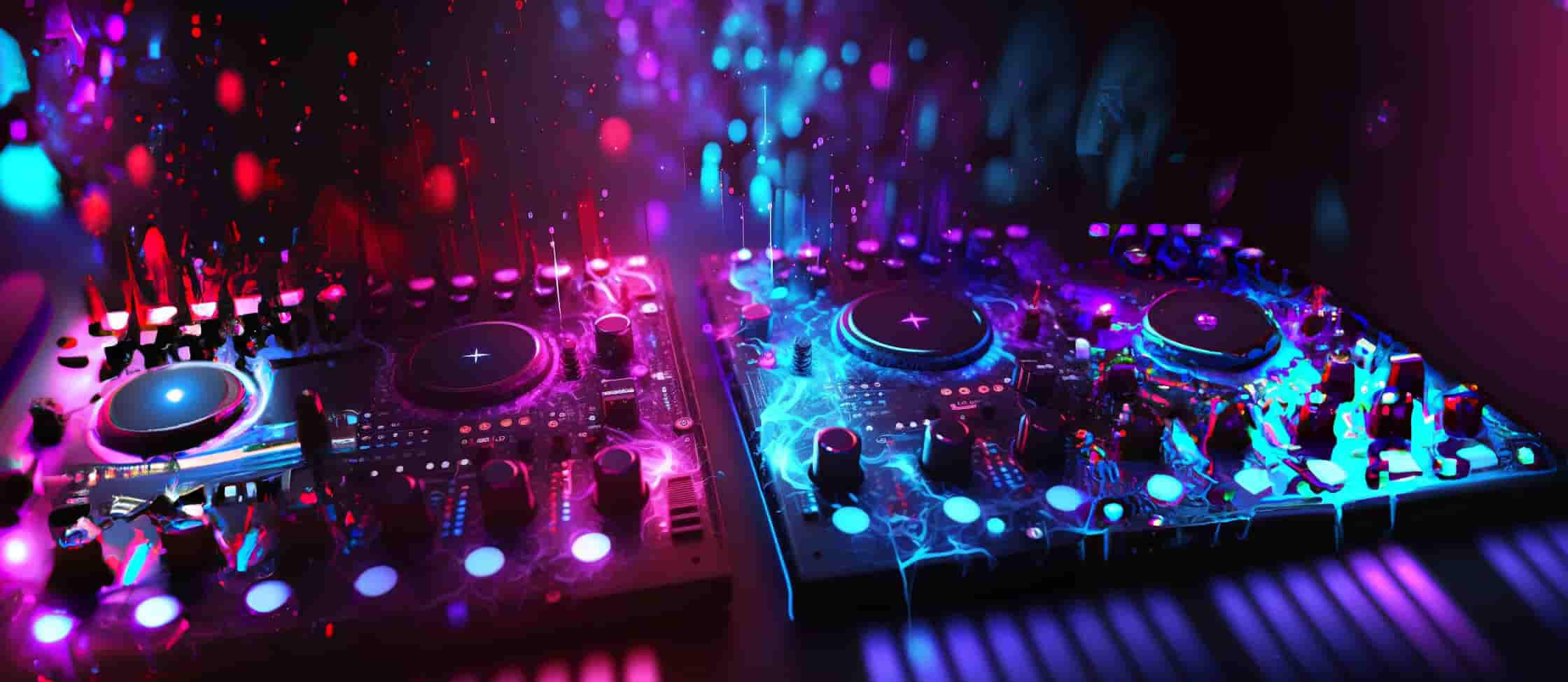
Currently, people often just take the microphone signal directly from the mixing console, which gives them a very direct sound impression, but one that is not very reminiscent of an act. Here I use various microphones and software in addition.
In doing so, you not only hear the music but also the whispering and giggling of the people in the place around you, which is so important, especially at live events. Implementing what’s possible requires a shift in thinking and a realignment of technology and processes, but it’s worth it.
You simply have to process audio very differently for real-time events than for TV broadcast. Unfortunately, no one often does this in practice, which is why there is a huge gap between what has real-world applications and what is possible.
When the potential of immersive audio is fully exploited, virtual experiences can be created that are on par with those of “real” events. In some cases, even going beyond the physical possibilities and allowing you to be more connected to the artists on an auditory level as well
Conclusion
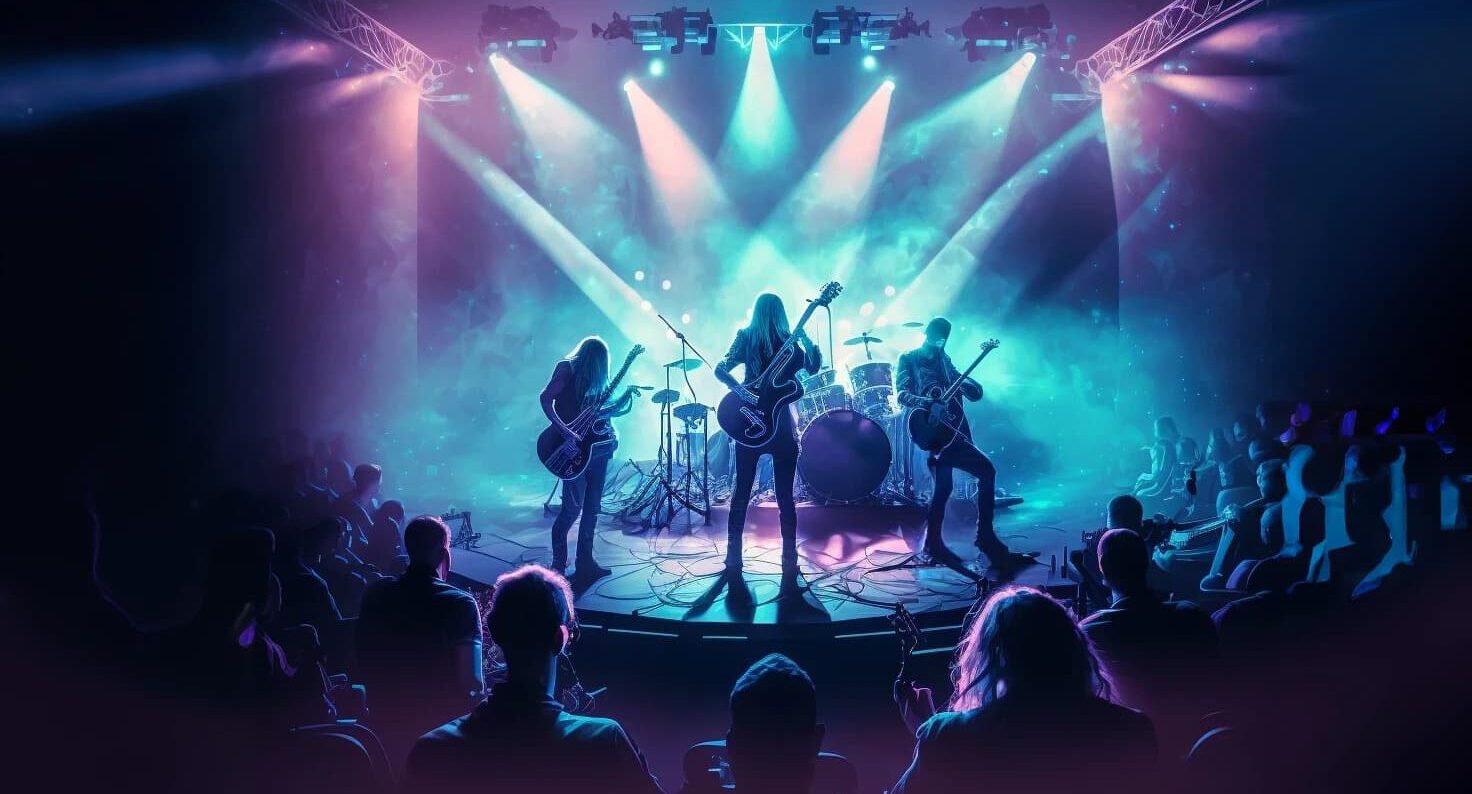
Virtual concerts are a great alternative to experiencing live music. Immersion plays an important role in making a virtual concert a unique experience. To achieve full immersion, both visual and auditory elements of a VR concert need to be perfectly matched – and this is where 3D audio comes into play – we are in a 3D place after all.
Unfortunately, the sound still receives insufficient consideration in virtual events. Yet the sound is an essential component in making a virtual event as lifelike as possible. In the field of virtual reality (VR headsets), you even have the chance to push the boundaries of what is possible and create unique shows. It’s going to be very interesting what major advancements will be made in the future.
I’ve been able to gain a lot of experience in the field, so I’m happy to help with the implementation.
Contact me now